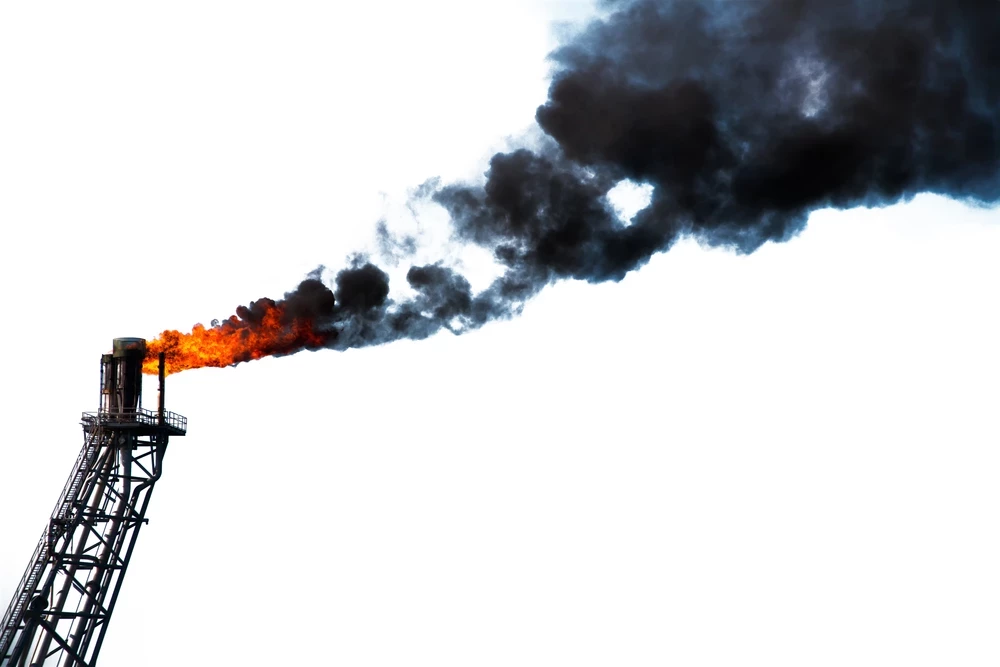Development Of Future Combined-Cycle Power Plants Fuelled By Low Investment Costs
Add bookmarkZdenek Pekârek, Analyst in the Strategy and Business Development department at CEZ, Czech Republic, explains in an interview with Joanna Scheffel from IQPC that one of the most crucial advantages of CCGTs is its relatively low upfront investment cost compared to other low and medium carbon emission technologies.
Joanna Scheffel: What are the major challenges that CCGT operators currently face?
Zdenek Pekârek: CCGTs enjoyed a period of rapid development over the past decade. With their low emission factor this growth was largely fuelled by expectations that gas fired generation would become market competitive through lower CO2 emission costs compared to coal.
Long term gas supply contracts were designed to stabilize cash flow of CCGT projects with gas prices historically indexed by oil. Due to explosive growth of hub markets providing gas priced at supply/demand balance and with wholesale power market prices reflecting these lower gas costs the cash flow is often negative, exacerbated by failing carbon price support.
Joanna Scheffel: How did recent energy legislation affect the industry?
Zdenek Pekârek: CCGTs are probably the most legislation sensitive market-based supply technology due to their high generation costs placing them at the marginal end of the stack curve.
As such they are impacted by regulatory changes to wholesale power, balancing and ancillary services markets, by liberalization of gas markets and fluctuations in the EU ETS supply/demand balance.
The recent depression of carbon price stems from uncertainties about new long term legislation
undermining this most cost effective market based method of decarbonisation. While growth of renewables and energy efficiency might be noble goals, achieving them through targeted and preferential commercial scale support instead of more effective R&D puts in jeopardy the very essence of market competition designed to drive down system costs.
Gas-fired generation is then at a disadvantage which is not caused by the failure of market design, but by regulatory measures distorting the market.
Joanna Scheffel: How does the growing trend of integrating more renewable-energy impact CCPP operation?
Zdenek Pekârek: A large portion of the current growth in renewables is realized in intermittent supply technologies, wind and solar. This is causing a change in dispatch pattern of the load following plants: instead of predictable and repeated daily peak load, the new driver is residual demand after deducting intermittent generation.
While recent data from some countries, e.g. Spain, indicate a substantial decline in operating hours of CCGTs, the long term result will be also irregular dispatch. Its pattern will be driven by the need to balance weather intermittency with nearly real time response to conditions throughout the market coupled systems of Europe.
Joanna Scheffel: Where do you see the market value in gas-fired power generation?
Zdenek Pekârek: One of the crucial advantages of CCGTs is its relatively low upfront investment cost compared to other low and medium carbon emission technologies. In regions where gas and power market prices are aligned the cash flow of a gas fired plant should be more stable than that of other power plant types.
Traditional source of revenue is also cogeneration of heat and power. On the other hand, CHP could limit flexibility of dispatch, which will be increasingly necessary to balance intermittency of renewables.
Requiring renewables to participate in costs of balancing their production deviating from nominated schedule could spur a market for such flexibility.
Joanna Scheffel: What conditions enable a new-build project?
Zdenek Pekârek: As with any long term investment the crucial factor is stable or predictable environment. While differences in timing of liberalization of power and gas markets are transient, other regulatory changes create long term uncertainty.
On-going debates about energy efficiency directives or continued preferential support of renewables jeopardize carbon reduction incentive for gas fired generation, which should be preserved with at least the same effort. Potentially even more uncertainty is created by suggestions of continuous revision of emission limits and other technical parameters of existing and newly built power plants.
Project specific conditions can be controlled by the investor, stability of policies is beneficial to the whole society.
Joanna Scheffel: What future trends do you identify in technological innovation?
Zdenek Pekârek: With the stated goal of complete decarbonisation of the EU by 2050 the gas fired plants are a competitive transitional technology. Unless the future policies explicitly enforce specific measures, market conditions will ensure a balanced and cost minimising innovation covering higher efficiency through CHP, decentralized generation or flexible and market driven balancing of all causes of intermittency.
Regardless of the future generation mix the on-going innovation in the ICT sector will enable more detailed market analysis and response, requiring real-time dispatch technology. This expected change in dispatch should be reflected in the design of maintenance procedures.
The goal of capturing revenue streams from both flexibility and CHP could spur interest in partial decoupling of heat and power generation through e.g. heat storage.
[eventpdf]





















